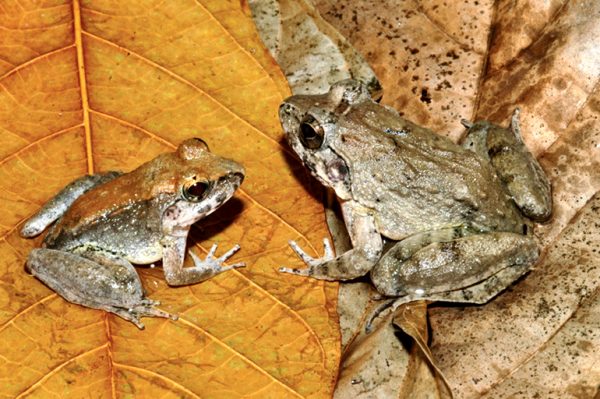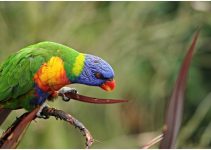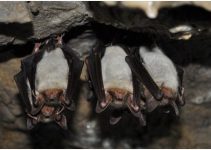Did you know that frogs reproduce in an amazing manner? Frogs spend their childhood as tadpoles but before becoming tadpoles, they were born as eggs.
However, unlike in most animals wherein the eggs are fertilized inside the mother, frog babies are made outside the mother’s body. When mating, the male does not inject his sperm inside the female frog’s body.
University of California associate professor of integrative biology McGuire explained on journal PLOS ONE, “Almost all frogs in the world—more than 6,000 species—have external fertilization, where the male grips the female in amplexus and releases sperm as the eggs are released by the female.”
A newly discovered species of fanged frog (Limnonectes larvaepartus) is believed to be an exception. Instead of going the usual route, this fanged frog gives birth to live babies. However, this is still subject to some debate in the scientific community as the frog’s mating and actual birthing processes have not been directly observed.

McGuire and his colleagues hypothesized that this frog species gives birth to live tadpoles in small, quiet pools away from the streams so they can be away from the larger fanged frog species. The group also found some evidence that the father frogs are the ones guarding the babies while growing up.
L. larvaepartus can be found in Sulawesi, an island in Indonesia located close to the Philippines and Borneo. It is not whether this frog species is endemic to Sulawesi or can be found in other places in the world but it was first discovered in the area. McGuire’s first counter with this frog species was back in 1998.
The scientist also revealed that there are plenty of wonderful animal species in Sulawesi, making this island a fantastic place for studying animals, not just reptiles and amphibians as was the scope of McGuire’s earlier studies.
Having worked in the island for years, McGuire has studied other species, including flying lizards and macaques.





